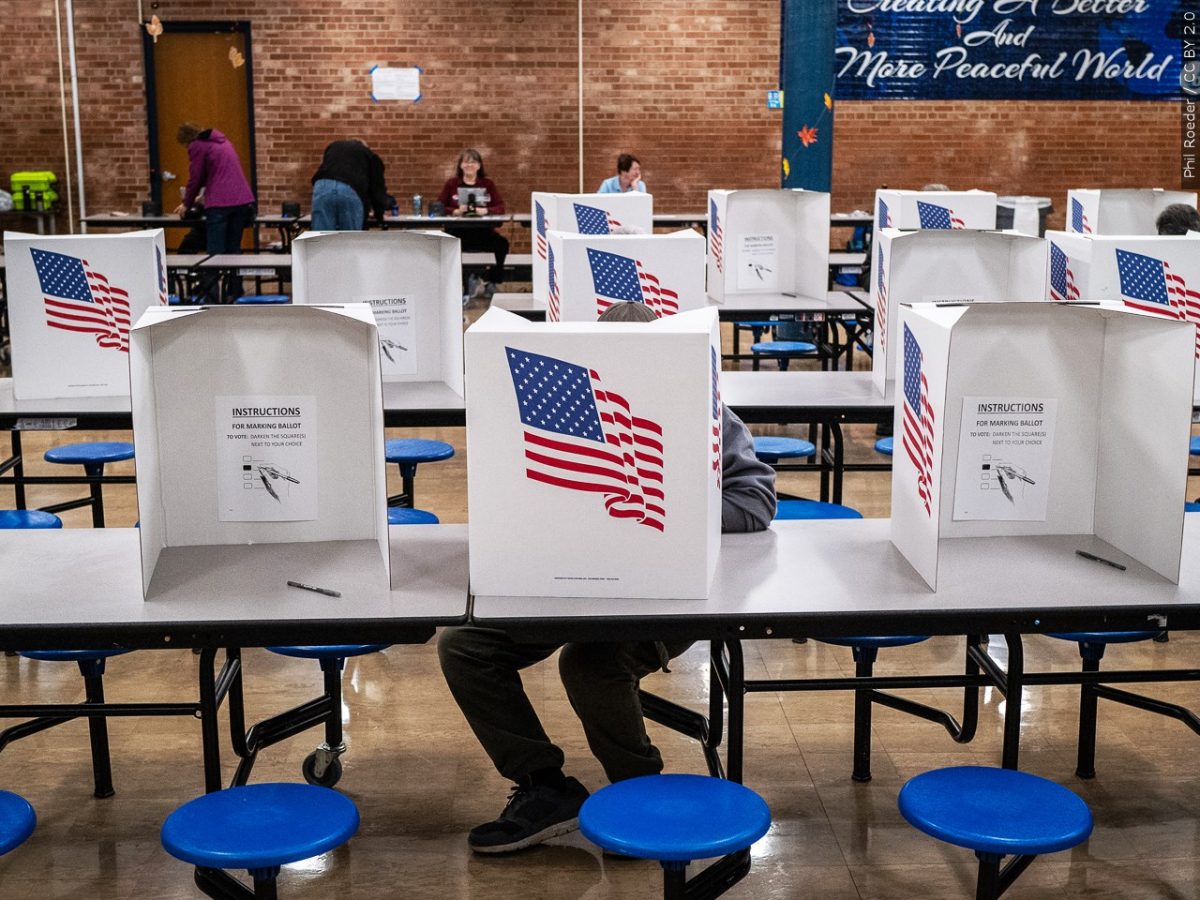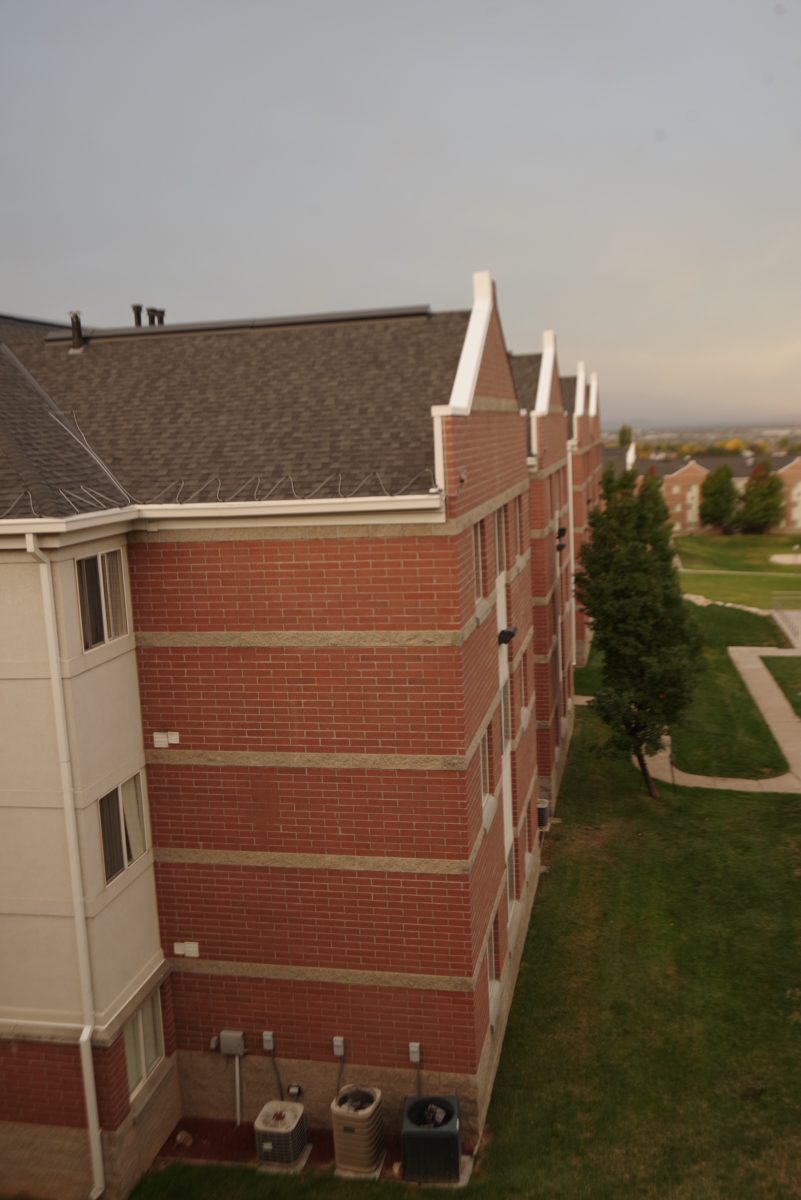
Banning the AR-15 is the last argument American’s should be having. America’s rifle isn’t overpowered; in fact, considering the Second Amendment’s historical context, the AR isn’t nearly powerful enough. It’s not even in the ballpark.
The firearm experts at the NRA clearly interpret the Second Amendment as a measure the Framers put in place to prevent their new government from violating its citizens’ rights, as had the monarchy from which they’d just liberated themselves.
The idea was that if corrupt executives were to order a military detachment to unlawfully seize a citizen’s farmland, the Second Amendment would grant that citizen the right to as many muskets and cannon as he and his family could stack up in the barn so that when the government showed up with guns, they’d be ready with their own.
In the late-18th century, both agents of the government and private citizens fought with the same rifle: a black powder flintlock, the deadliest weapon of its time. Nearly two and a half centuries later, American citizens have preserved their right to the most customizable, adaptable, reliable and accurate rifle in the world: the AR-15, America’s rifle.
To this day, if I were ever to witness an executive who started showing the signs of an autocrat and abusing his control of the armed forces, I could still defend my home with the deadliest rifle on the market.
And the government could see that rifle and then raise me one MQ-9 Reaper strike drone that would assassinate me with a laser-guided, air-to-ground Hellfire missile from five miles off.
The rules have changed. It’s a brand-new game.
There is indeed a problem with guns in America, but the solution isn’t getting AR-15s off the market — the solution is getting a Predator B strike drone into the hands of every able-bodied American man, woman and teenager.
The first reason for increasing Americans’ firepower is economic. If the age limit on AR-15 purchases rose by even seven years, the firearm industry would collapse.
The average age Americans purchase their first guns is 22, according to Pew Research Center. Considering the inverse relationship between risky behavior and age, if Americans couldn’t purchase firearms until age 25, the industry’s prime demographic would disappear, and the coffers of an industry that pays $6.5 billion in annual sales tax would dry up.
Moreover, the impulsivity driving young men and women to purchase firearms is the very quality that makes them the most efficient operators of the tool: their actions aren’t disabled by overthought.
On the other hand, if American-made Predator B drones were to be commercially manufactured, the economy would flourish. While a military-grade MQ-9 costs nearly $17 million to manufacture, the most expensive consumer model drone only costs $40,000 — well within the credit limits of a middle-class budget.
But even the priciest consumer drone doesn’t come with onboard Paveway II bombs like the MQ-9. However, with the stabilizing technology Duke Robotics released last year, it’s now a possibility to give America’s rifle wings.
Winning a Department of Defense Security Innovation Award, the Florida-based tech startup recently developed the TIKAD: a lightweight, remotely piloted octocopter drone with proprietary stabilization technology that allows it to fire a semiautomatic rifle, a .55-cal. sniper rifle or a 40mm grenade launcher while absorbing the recoil.
According to the MIT Technology Review, it has more in common with consumer quadcopter drones than the MQ-9 — except it can fire an AR-15 in midair.
That sounds like America’s drone.
The second reason for aerial firearms is cultural. America is more advanced than every other developed nation. Even the most successful solutions to gun violence tested elsewhere are too simple to address the power imbalance in the United States.
After Australia witnessed the deadliest mass shooting in its history, the Port Arthur Massacre, agents of the government roved across the country “buying back” its citizens’ semiautomatic and pump-action firearms. This buyback campaign was a façade, adopted to pull its citizens’ teeth.
Looking beyond the fact that Australia hasn’t witnessed a single mass shooting since the enactment of its National Firearms Agreement 20 years ago and saw a steep decline in gun-related suicides, Australian citizens are now among the most vulnerable populations on Earth, defenseless against their own government.
But Americans are too vigilant, too sophisticated to let that happen.
America’s solution must be the antithesis of Australia’s after Port Arthur. The only path to a safer, more peaceful world is sweeping America’s skies with swarms of personal predator drones — and now we have the technology.
It will soon be within every American’s grasp to augment consumer drones with the semiautomatic weapon of his or her choice to ensure maximum protection of his or her family, property and rights, all from a simple tablet interface.
Only then will the Second Amendment make any sense in 21st-century America.



















